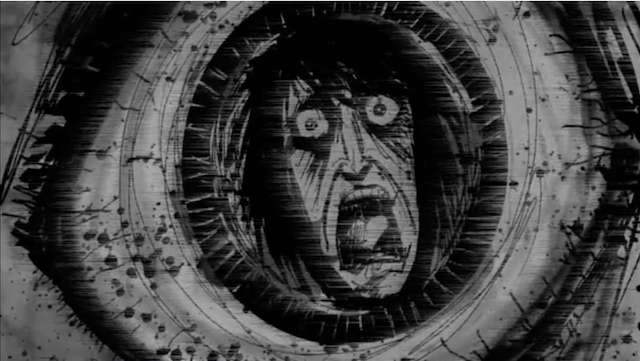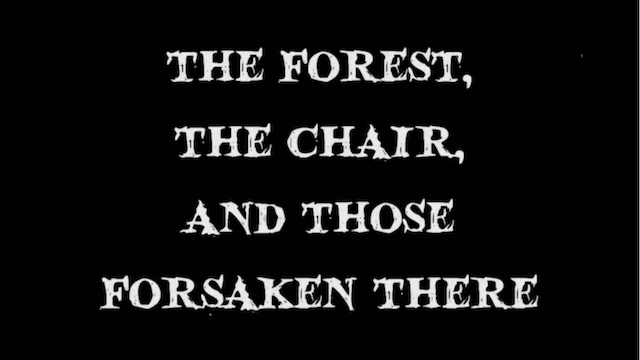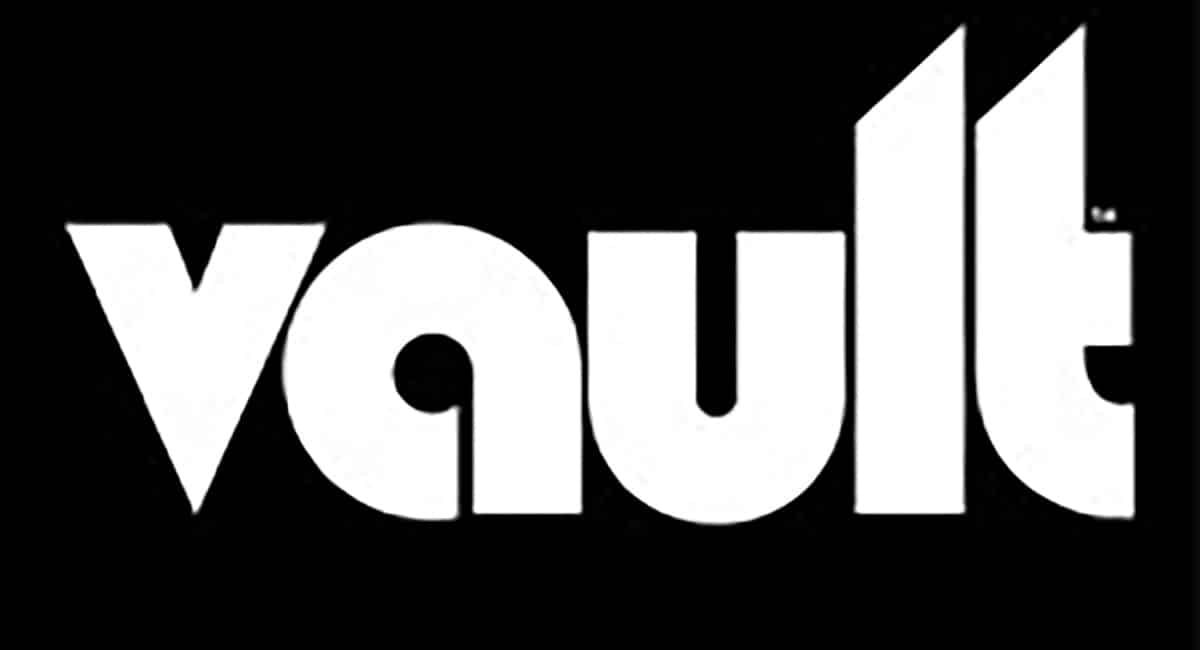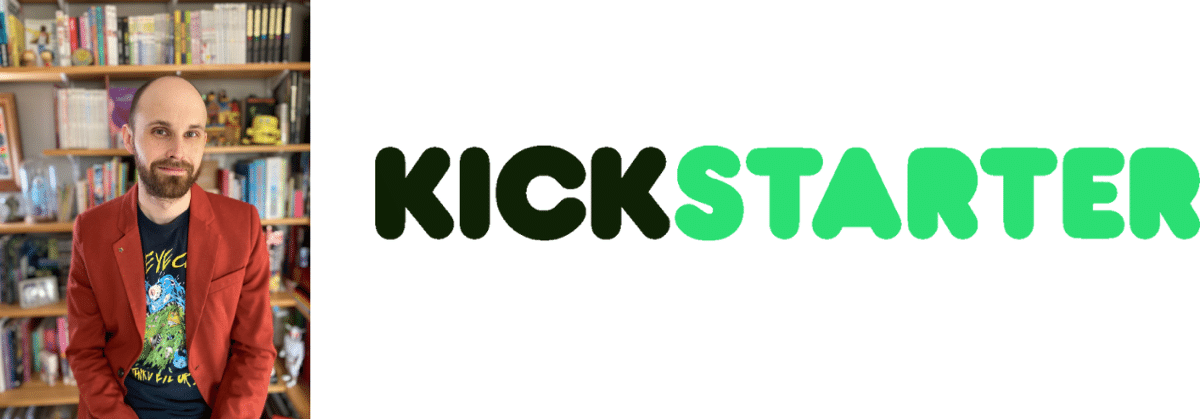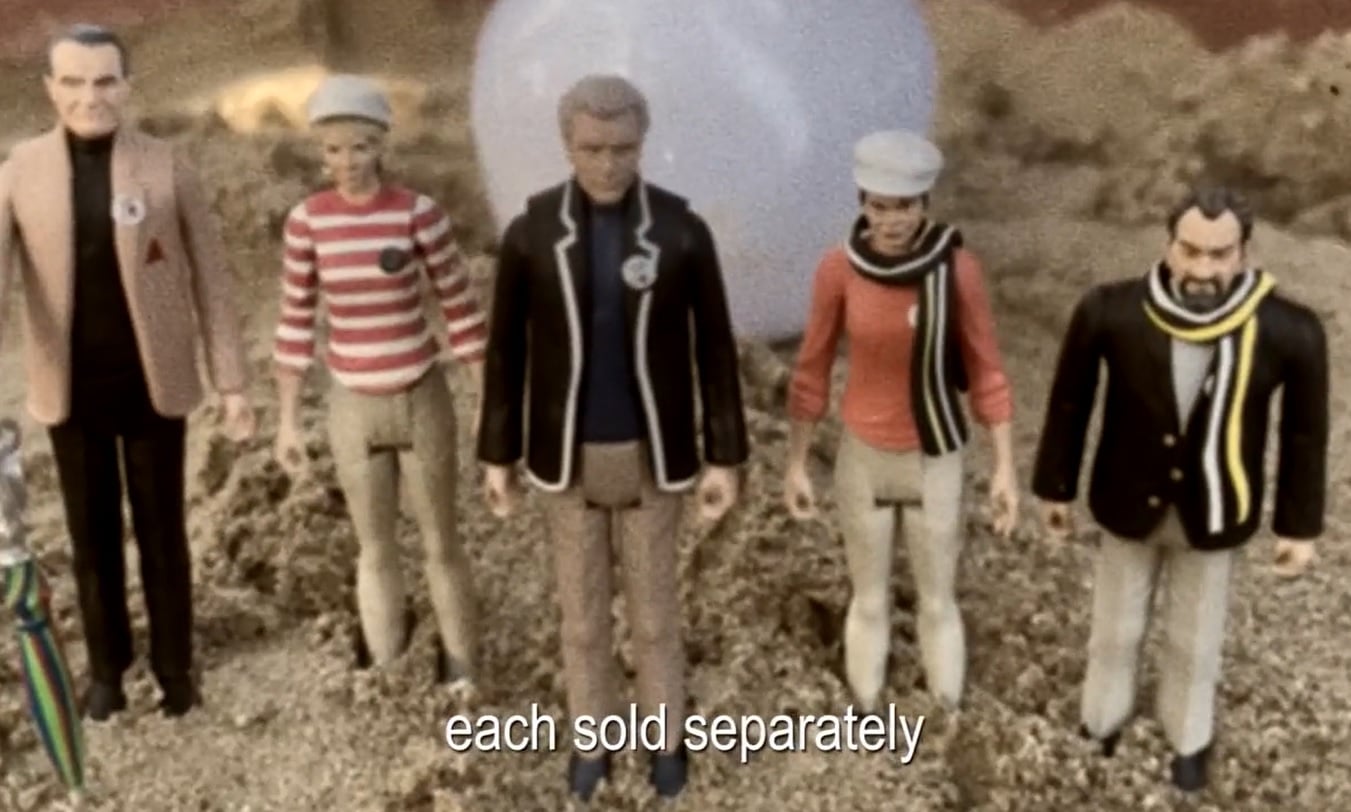I came across James McCulloch work by pure happenstance. I was looking at recent Kickstarter activity and noticed Ryan K. Lindsay, someone who I’ve backed several times on the platform, pledged money to The forest, the chair, and those forsaken there. Intrigued by the title I looked at the Kickstarter and was even more interested by the book itself. I’m happy I was able to interview James McCulloch about this comic, his many other projects, and his inspirations and process. Learn about him and his horror works below.
You play in a band, juggle a number of comic projects, and presumably have a day job. How fit in time for it all?
I work really hard trying to balance it all. I have a wife, kids, two jobs and a college course all running at the same time. I’m busy, but when I’m not busy I have too much time to think and that leads to dark places of my mind. I try to avoid going there as often as I can. So, being busy is good for me.
How time-consuming is the comics work, from the actual writing to the Kickstarters to everything else?
The good thing about indie comics is you aren’t busy with it all the time. You choose the times you work on it. You work to your own deadlines. So, I write when the story grips me and I can’t get it out my head. I do a lot of research so when I’m not in the mood to write so I don’t need to dick about trying to find out information when I’m halfway through writing. Not having it right there in front of you can really interrupt the flow, and that’s the last thing you want. I’d say I work on comics about five hours a week. But that ramps up on the run-up, during and the after a Kickstarter campaign.
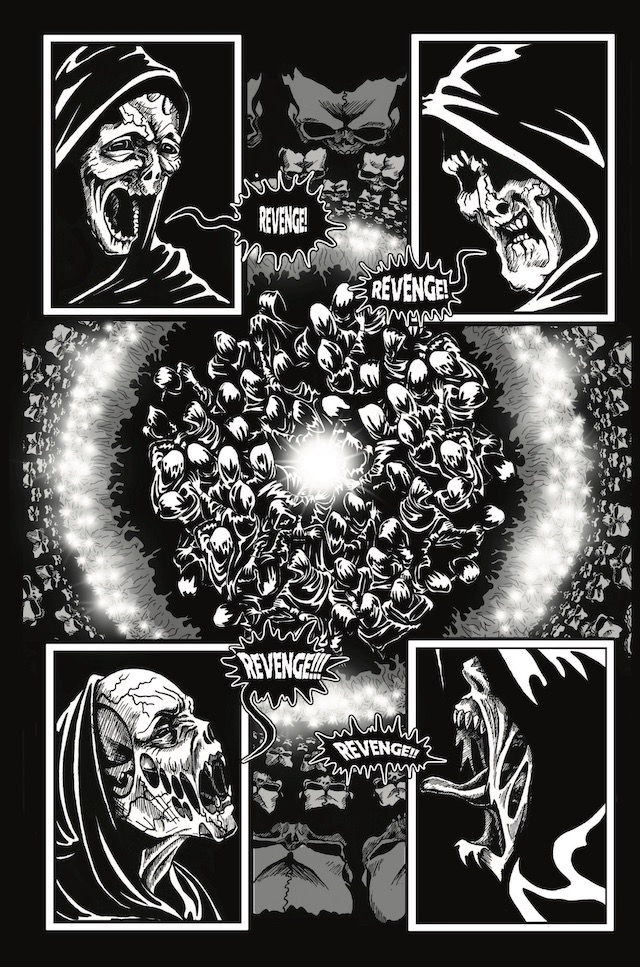
You clearly have a fascination with horror. What about the genre speaks to you?
I have a bit of a dark soul I guess. I’ve been fascinated with the genre since I was a kid. I’d rent out all the horror films from the local video shop. I didn’t realise at the time but most of them were on the banned list. But this was the 80s, a six-year-old could get fags from the ice cream van if they said they were for his Mum. No one really cared about it. I remember walking in on my parents watching An American Werewolf in London. It was the scene in the cinema with all the corpses talking to him. It completely blew me away. It was so fucked up.
These days it’s my go-to genre when I’m happy, or sad. When I’m busy doing something and want some background noise. When I need a laugh. It’s a genre not a lot of people understand, but the ones that love it will watch nothing else.
How do you find collaborators for your projects?
Usually comic cons. I met Janine who worked on City of Lost Souls with me at a live-action vampire role-playing game years ago. She was a phenomenal artist and I’d been trying to get a comic off the ground for a while. It didn’t happen straight away, it still took a few years to get going but after that, I was working at it as often as I could, getting new projects off the ground.
The only artist I work with that I didn’t meet at a con is Pedro Mendes. I put together an anthology series, The Grime, and we had a lot of artists send us their portfolio to get involved. I knew his style would work for Little Girl Black so got in touch with him.
WIth me, I usually have an artist in mind for a project when I’m writing it. I just have to hope I can afford them when the time comes around to do it.
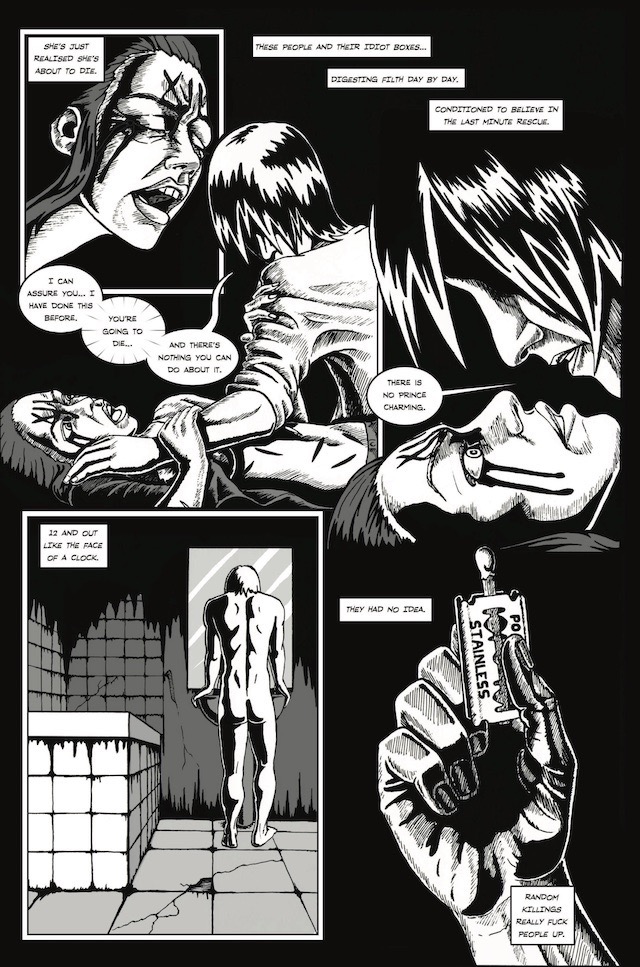
Does knowing a comic will be made in black-and-white influence your plotting and scripting?
Not really. It’s just a format I like to work in. It works really well for horror. I know the paper I like to get it printed on. Which sounds daft but it helps the budget of the book if you can plan all that stuff out. Budgeting a comic is one of those weird things no one thinks about, but when you’re making a small press book it’s one of the most important factors. Kickstarter campaigns are stressful. You don’t want to price yourself out of the market.
I probably lose some of the audience because my comics are mainly black and white, but I grew up with 2000ad back when that was mainly black and white. It just seems like a natural fit.
You sometimes letter your own work. In those cases do you have very specific lettering choices in mind while writing the comic?
Each comic has its own voice. When you letter it, you help its voice be heard. The choices you make are critical. I’ve seen too many comics fall on their face due to bad lettering or choice of typeface. I probably spend too long looking at that. Robin Jones is my go-to guy now. I know it’s in safe hands and I can talk to him about it in a way that doesn’t make me come across like an idiot. I still letter my comics when I’m editing them but I like to send them off afterward. I’m always in danger of getting too close to them. You need to take a breath now and then to make sure you bring out the best possible product. To do that, sometimes you need to let it go.
Any kind of book trailer is uncommon, let alone ones so carefully and stylistically produced. How has the response been to them?
I wanted to try something different. It’s usually my face talking to you in an awkward fashion for two minutes. I thought Dan’s art could talk for the comic better than I ever could. So, I tried to find a way to get across how creepy and messed up it is without using any words. The response has been great. As with a lot of things I do, it may not be for everyone, but the people who enjoy my comics love it.
Do you think their quality helps fund the Kickstarters?
Definitely… on Kickstarter, you’re selling an idea. You don’t want to give away too much. You’re pitching to people in the hope that they want to see your vision in their hands as a comic book. This is the first video I’ve made for a Kickstarter I’ve watched back. It tells a small part of the story and sets the scene perfectly.
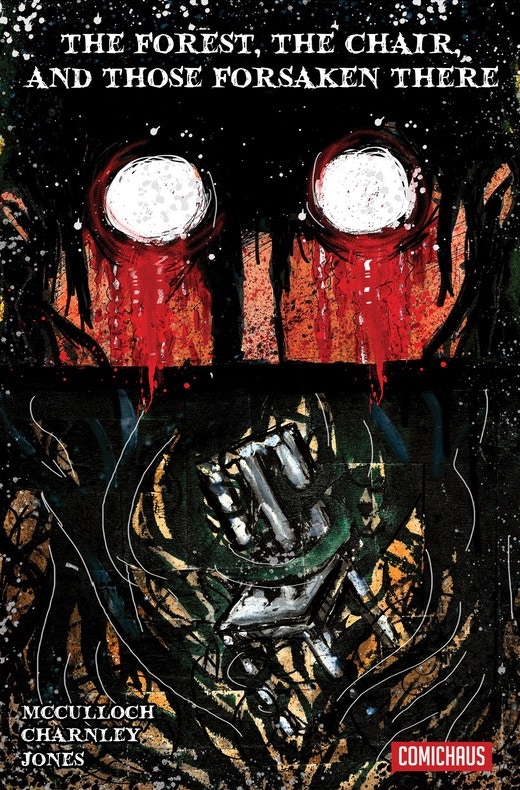
The forest, the chair, and those forsaken there seems decidedly non-commercial with its (beautiful) scratchy art style, poetic writing, and even its extremely long title. Do you think Kickstarter is a good platform for less conventional creative projects?
If it wasn’t for Kickstarter, it would be impossible for me to get creative projects like this off the ground. I like to make sure my products are affordable. It’s why I always have a £1 pdf version available. Without Kickstarter, I’d have to charge a lot more cash for the single issues and I’m not the kind of guy who is happy charging £6 for a 24-page comic. The forest, the chair, and those forsaken there is £7 including postage. But that’s due to the print costs of a 52-page perfect bound book. There’s no way I could afford the printing costs without the Kickstarter. Nevermind paying the artist and letterer.
Comics are an expensive business. It took me a while to see how important Kickstarter was but it is an invaluable service for people like me. It’s instant access to an audience you wouldn’t reach without it. I sell my books all over the world now, and that’s mainly due to Kickstarter.
I have to imagine running so many Kickstarters becomes grinding. Are you hoping to reach a point where you can focus solely on the writing, or do you enjoy that part of the process too much?
It does become grinding. You have to try to find ways to keep it fresh for yourself. Like I did this time with making the video as a trailer rather than have me talk about it. But I couldn’t do this without Kickstarter. It’s part of the process of making a comic for me now. I write it, find an artist I wanna work with, budget their work, budget the letterer, budget the print, then put together the Kickstarter to find the money to pay for it. I would love to focus on just writing but I think I’d struggle not being involved with everything. I wouldn’t say I’m a control freak, but being involved in every aspect of the creative process is very fulfilling.
How do you progress from Kickstarting books to making comics at a publisher, if that’s something you’re interested in?
I do work with a publisher but all their books are funded through Kickstarter. Even some of the bigger indie publishers are starting to do it. I think the old model of the publisher fronting all the cash is slowly dying out. If the big two are losing money on titles then what hope do smaller companies have.
I did work with an American publisher on a book but it wasn’t a great experience for me. I really like having the freedom to make the books I make. To have them be as messed up as my mind wants to make them without having someone telling me to tone down elements of it. There’s a freedom working this way that I enjoy. Crap, maybe I am a control freak.
You can follow James through his website and on Twitter @grandmasterwook. Check out his work on ComiXology and back the Kickstarter for The forest, the chair, and those forsaken there while there’s still time!
Matt Chats is an interview series featuring discussions with a creator or player in comics, diving deep into industry, process, and creative topics. Find its author, Matt O’Keefe, on Twitter and Tumblr. Email him with questions, comments, complaints, or whatever else is on your mind at [email protected].


